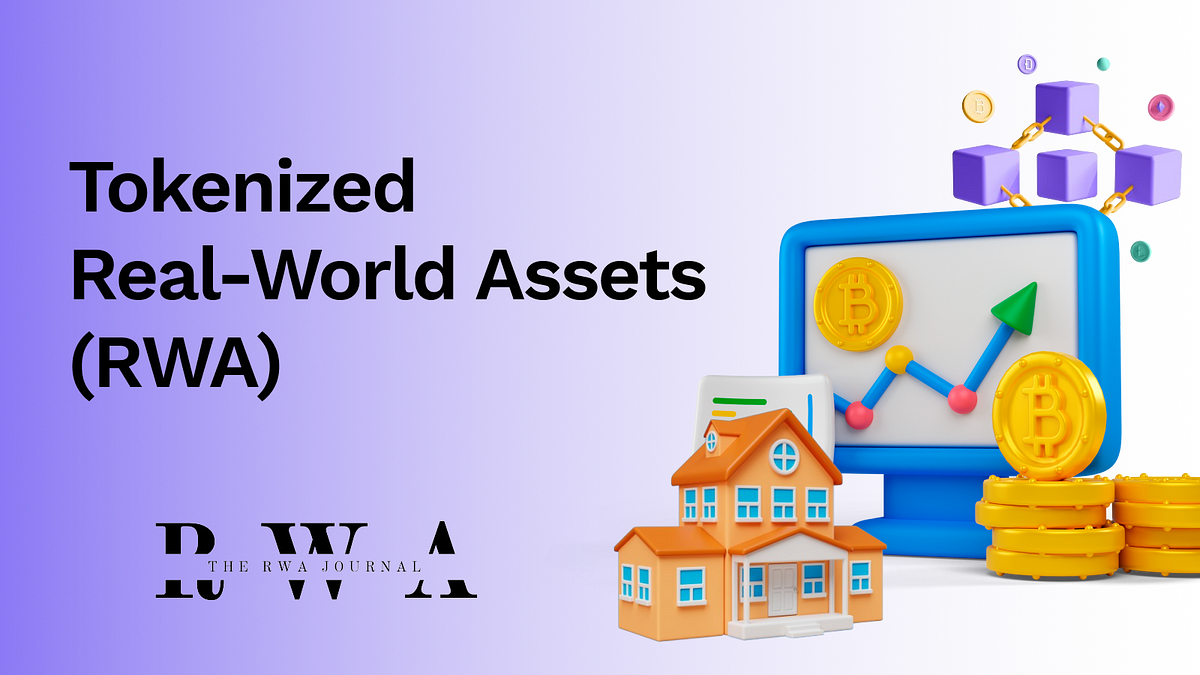How to Build a Tokenized Real World Assets (RWA) Project in 2024
The potential for tokenized Real World Assets (RWA) is massive, with estimates suggesting a $16 trillion industry by 2030. However, there are challenges associated with the legal framework and regulation of these assets, especially when it comes to decentralization and trustlessness. There are two main approaches to building a tokenized RWA project: one with KYC’ed investors that follows traditional investment fund structures, and another with non-KYC’ed investors that embraces web3 principles but requires trust in the issuing authority. Both approaches have their pros and cons, and careful consideration is needed when deciding on the legal structure and approach for a tokenized RWA project.
In recent years, tokenization has become a popular method for digitalizing real-world assets. This technology allows for the fractional ownership of assets such as real estate, art, and even corporate stocks through the issuance of tokens on a blockchain network. With the growing interest in tokenization, many companies and individuals are looking to build tokenized real-world assets (RWA) projects in 2024. In this article, we will explore the steps involved in building a successful RWA project and the key considerations to keep in mind.
Choosing the Right Market
The first step in building a tokenized RWA project is to identify the target market for the asset you wish to tokenize. Whether it’s real estate, art, or stocks, it’s essential to conduct thorough market research to understand the demand and potential value of the asset in the market. This will help you determine the overall viability of the project and the potential returns for investors.
Selecting the Asset
Once you have identified the target market, the next step is to select the asset that you want to tokenize. This could be a piece of real estate, a valuable piece of art, or even a portion of a company’s stock. When selecting an asset, it’s essential to consider factors such as liquidity, potential returns, and the regulatory environment in which the asset operates. It’s also crucial to ensure that the asset is unique and has intrinsic value to attract investors.
Legal and Regulatory Compliance
Before launching a tokenized RWA project, it’s crucial to ensure compliance with all relevant legal and regulatory frameworks. This includes registering the project with the appropriate regulatory authorities, obtaining necessary licenses, and ensuring compliance with anti-money laundering (AML) and know your customer (KYC) regulations. Failure to comply with regulatory requirements can result in hefty fines and legal consequences for the project.
Choosing the Blockchain Platform
The next step in building a tokenized RWA project is selecting the blockchain platform on which to issue the tokens. There are several blockchain platforms available, each with its own strengths and weaknesses. Ethereum, for example, is popular for its smart contract functionality and large developer community, while newer platforms such as Polkadot and Cardano offer scalability and interoperability features. It’s essential to choose a platform that aligns with the project’s goals and offers the necessary features for token issuance and management.
Token Design and Issuance
Once the blockchain platform is chosen, the next step is designing and issuing the tokens for the project. This includes determining the total supply of tokens, the token distribution mechanism, and the tokenomics of the project. It’s essential to create a transparent and fair token distribution model to incentivize participation and ensure the long-term success of the project. Additionally, creating a well-thought-out tokenomics model can help attract investors and increase the value of the tokens over time.
Building the Ecosystem
After the tokens are issued, the next step is building the ecosystem around the tokenized RWA project. This includes developing a user-friendly platform for buying, selling, and trading the tokens, as well as creating partnerships with liquidity providers and exchanges to ensure liquidity for the tokens. It’s also essential to develop a comprehensive marketing strategy to attract investors and build awareness around the project. Building a strong ecosystem is crucial for the long-term success of the project and can help drive adoption and growth.
Security and Compliance
Security and compliance are two critical considerations when building a tokenized RWA project. It’s essential to implement robust security measures to protect the assets and tokens from hacking and fraud. This includes using secure smart contracts, implementing multi-signature wallets, and conducting regular security audits. Additionally, compliance with regulatory requirements is essential to ensure the project’s legality and protect investors’ interests. By prioritizing security and compliance, you can build trust with investors and minimize the risk of regulatory issues.
Creating Value for Investors
Ultimately, the success of a tokenized RWA project depends on creating value for investors. This can be achieved through various means, including generating rental income from real estate assets, sharing profits from company stocks, or increasing the value of art through exhibitions and promotion. By offering investors a tangible return on their investment, you can attract more participants and drive growth for the project. It’s essential to constantly monitor the performance of the assets and adjust the strategies to maximize returns for investors.
Conclusion
Tokenizing real-world assets offers an exciting opportunity to democratize access to valuable assets and create new investment opportunities for individuals and companies. By following the steps outlined in this article and considering the key considerations, you can build a successful tokenized RWA project in 2024. From choosing the right market and selecting the asset to legal compliance, token issuance, and building the ecosystem, there are many factors to consider when embarking on this journey. By carefully planning and executing each step, you can create a project that offers value for investors and contributes to the growth of the tokenization industry.
I don’t own the rights to this content & no infringement intended, CREDIT: The Original Source: medium.com

